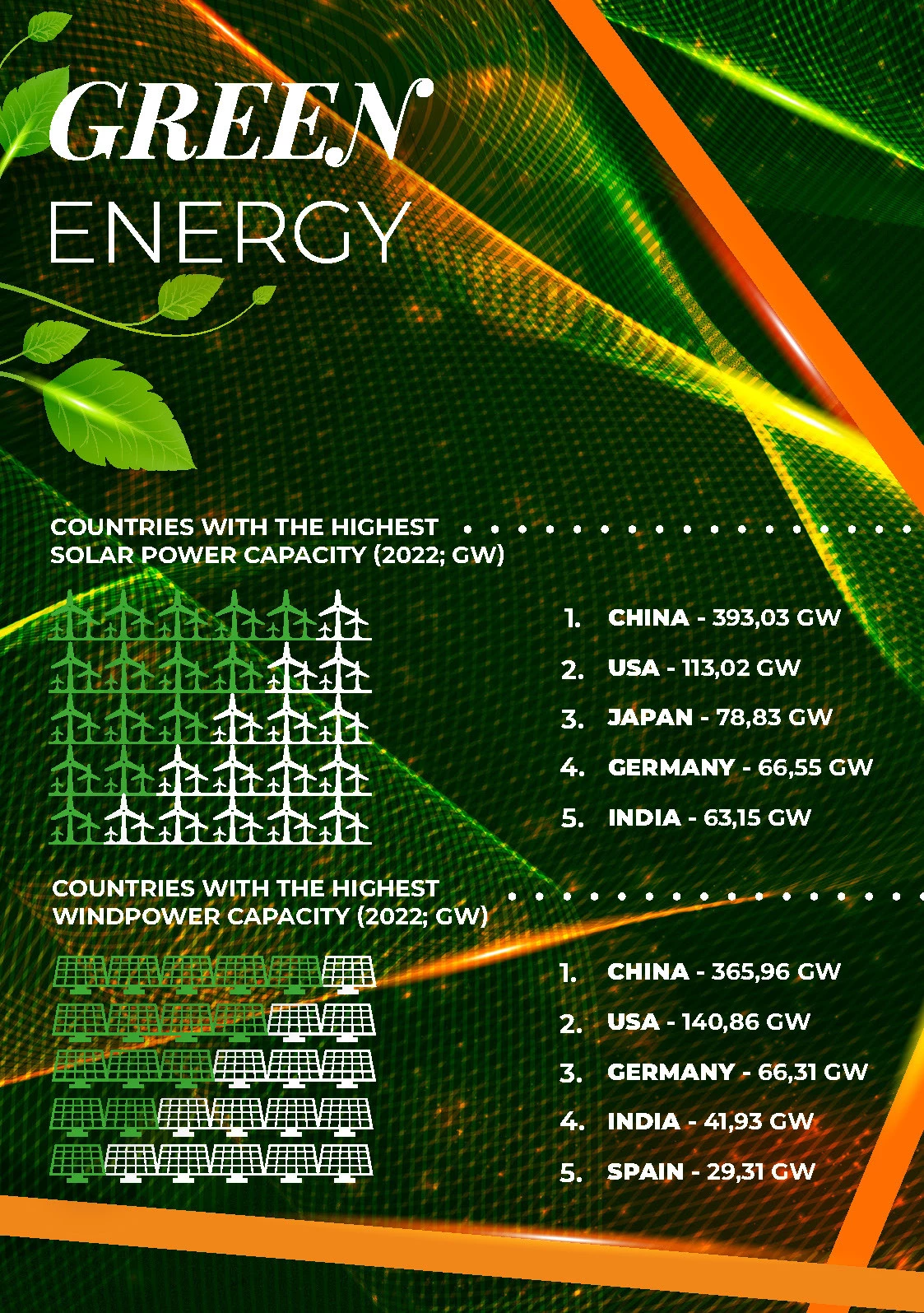
The biggest responsibility lies with the biggest emitter
It is November 1992, when 1,700 of the world's leading scientists, including many Nobel Prize winners, decided to issue a manifesto warning humanity that excessive population growth, environmental degradation and fossil fuels would have irreversible, damaging consequences for the planet's entire ecosystem in the decades to come. Among the immediate actions identified at the time were the reduction of greenhouse gas emissions and the efficient use of energy. Three decades ago, the main emitter was called on to do its utmost to make the climate transition. That country was the United States of America, with 4.9 million kilotonnes of CO2 emissions per year, followed closely by China with 2.4 million and Russia with 2 million.
China's record economic growth and industrialisation in the 1990s and 2000s also rewrote the international emissions ranking: since 2006, China has been the world's largest carbon emitter, now with 11 million kilotonnes (kt) of emissions, ahead of the US (4.3 million kt), the European Union (3.5 million kt) and India (2.2 million kt). As the Asian giant is responsible for nearly one third of global emissions, it is no exaggeration to say that China's responsibility is key to achieving global climate targets.
The impact of the 2008 financial crisis on China's green transition
The pace of economic growth in China has been slowed by the 2008 global financial crisis and the country's production and consumption patterns have changed. Although China is often seen as a homogeneous entity in terms of its impact on climate change, consumption and exports from the richer eastern regions were typically supplied by factories in the poorer western regions, resulting in high net CO2 emissions in the western regions. In the 2010s, the Chinese state took significant steps to close the gap between the country's regions, with the Western Development Programme, which has led to infrastructure improvements and is seen as the first conscious steps towards a green transition. In 2016, China began to implement its commitments under the COP21 Paris Agreement climate agreement and by 2019 had already achieved success in reducing emissions per unit of GDP, while increasing its forest cover by 3.8 billion cubic metres and launching social campaigns to protect nature. The results are impressive: fossil energy use has fallen and air quality has improved.
China's green economic strategy
President Xi Jinping, in office since 2012, has made climate change one of his key challenges and has pledged to achieve carbon neutrality by 2060 and to ban internal combustion engine vehicles by 2035, among other things. Since 2009, a deliberate policy has been in place to encourage the uptake and use of electric cars in China, and a strategy that has been in place for more than a decade is now paying off. China has become a leader in all aspects of electric car production. According to the latest figures, the country sells more electric cars each year than the rest of the world combined, while the world's top ten battery manufacturers are all Asian, with six Chinese companies making up a significant majority.
The world is watching the "Big Brother"
The biggest challenge in the Asian giant's transition to a green economy is meeting the ever-increasing energy demand needed to sustain economic growth. After learning from the severe blackouts of 2021, coal-fired power plants have once again taken on a bigger role, but Beijing pledged in December 2023 to strictly and sensibly regulate overall coal use and limit high-emission projects to improve air quality. The Chinese president said that the social and economic imperative is to maintain energy security alongside the green transition, and that the green transition must be well planned and phased in line with the principle that fossil fuels can be phased out completely when it is certain that clean energy can reliably replace them. Therefore, in the period ahead, fossil fuels and renewables will have to operate in parallel, with an increased shift towards the use of clean energy. In this context, the Beijing government has set a target that by 2025, energy consumption from alternative or renewable sources should account for around 20 per cent of total consumption.
As the number one global emitter, China's every move will be watched by the world's leading decision-makers and the public. While there is a good chance that the Asian giant will remain the world's top CO2 emitter in the years to come, the conscious climate action of East Asia's largest country and the results it produces can have an impact on everyone on Earth.
The author is Director of Communications and Protocol at the Hungarian Investment Promotion Agency
